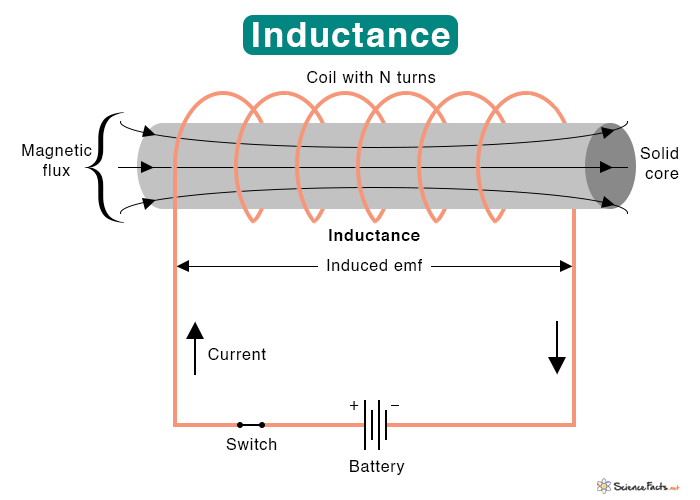Can you explain the concept of inductance and its effects on electrical circuits?
Can you explain the concept of inductance and its effects on electrical circuits?

Inductance is a fundamental concept in electrical circuits and is typically represented by the symbol “L.” It refers to the property of a circuit element, called an inductor, to oppose any changes in the current flowing through it. Inductors are passive components that store energy in a magnetic field when current flows through them.
The basic building block of an inductor is a coil of wire, often wound around a core made of ferromagnetic material. When an electric current passes through the coil, a magnetic field is generated around it. The strength of this magnetic field is directly proportional to the current flowing through the coil. The unit of inductance is the henry (H).
One of the key effects of inductance in electrical circuits is the generation of back electromotive force (EMF) when the current changes. According to Faraday’s law of electromagnetic induction, any change in the magnetic field linking an inductor induces a voltage across its terminals that opposes the change in current. This back EMF is responsible for the inductor’s opposition to changes in current, as it acts as a counterforce.
The effect of inductance becomes more apparent when there are changes in current, such as when a circuit is switched on or off or when alternating current (AC) flows through a circuit. In these cases, the inductor resists the sudden changes in current by inducing a voltage that opposes the change. This property is why inductors are often referred to as “reactive” components, as their behavior depends on the rate of change of current.
The opposition to changes in current caused by inductance has several implications in electrical circuits:
- Inductors cause a delay in the establishment of current in a circuit when switched on, as they resist changes in current flow.
- In AC circuits, inductors can cause a phase shift between the voltage and current. This phase shift is responsible for various circuit phenomena, such as impedance, resonance, and filtering.
- Inductors store energy in their magnetic fields when current is flowing, and release this stored energy when the current decreases or stops. This property is utilized in devices like transformers and electromechanical relays.
- Inductors limit the rate of change of current in a circuit, acting as a low-pass filter, which means they allow low-frequency signals to pass through while attenuating high-frequency signals.
Understanding inductance and its effects is crucial in many areas of electrical engineering, such as power systems, electronics, and telecommunications. It plays a vital role in designing and analyzing circuits, as well as in the operation of various electrical devices.

